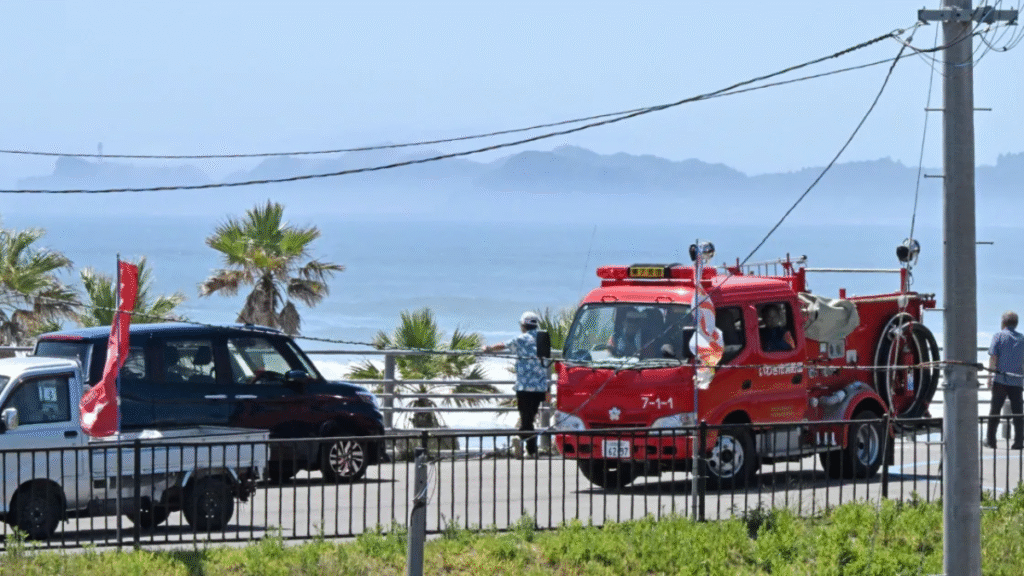
Summary – An 8.8 magnitude earthquake has struck Russia’s Kamchatka Peninsula, triggering a significant tsunami and raising urgent global concerns about disaster preparedness in the region.,
Article –
An 8.8 magnitude earthquake struck Russia’s Kamchatka Peninsula, triggering a tsunami with waves up to four metres high. This disaster has significantly impacted the local population, infrastructure, and raised urgent concerns globally regarding disaster preparedness in the Pacific Ring of Fire region.
Background
The Kamchatka Peninsula lies within the highly active Pacific Ring of Fire, known for intense seismic and volcanic activity. This earthquake ranks among the strongest worldwide in recent history. Occurring early in the day, it challenged emergency response teams responsible for protecting residents in the region’s harsh climate and vulnerable infrastructure. Immediate tsunami warnings and evacuations were implemented to reduce risks to coastal communities.
The Global Impact
This disaster highlights several key points:
- The ongoing risk associated with tectonic activity along the Pacific Ring of Fire, affecting millions from Russia to Indonesia.
- Potential disruptions to Russia’s critical energy infrastructure and trade routes in Siberia and the Far East, which could influence global energy markets.
- The importance of international cooperation on disaster preparedness and early warning systems, especially in light of climate change increasing extreme event frequency.
- Monitoring Russia’s emergency response as a measure of its resilience and disaster management capabilities.
Reactions from the World Stage
International solidarity has emerged, especially from Asia-Pacific countries like Japan and the United States, known for advanced tsunami warning systems. Key developments include:
- Commitments to share seismic data and support crisis response efforts.
- Calls for enhanced regional collaboration on seismic hazard monitoring and emergency infrastructure improvement.
- Emphasis on investing in resilient housing, early warning technology, and public education about disaster protocols.
- Renewed discussions within international forums to integrate natural disaster preparedness into broader geopolitical strategies to safeguard critical infrastructure.
What Comes Next?
Current priorities include search and rescue, infrastructure evaluation, and delivering humanitarian aid. The Russian government faces pressure to expedite reconstruction and enhance disaster resilience.
The event serves as a stark reminder of the evolving challenges natural hazards pose in geopolitically sensitive regions. Success in minimizing future losses will depend on:
- Strengthening international cooperation.
- Adopting technological innovations in early warning systems.
- Implementing comprehensive risk management strategies.
- Improving seismic monitoring networks and fostering joint emergency response exercises.
This disaster may reshape policies on seismic risk and stimulate enhanced global cooperation frameworks for natural disaster preparedness and response.

